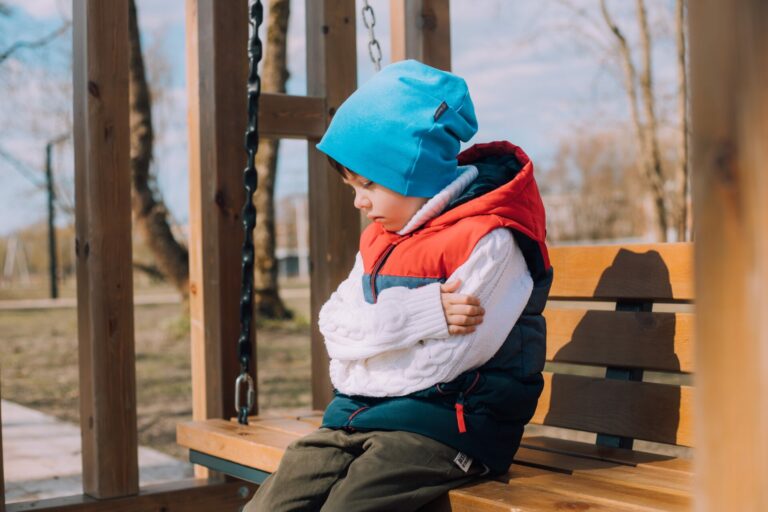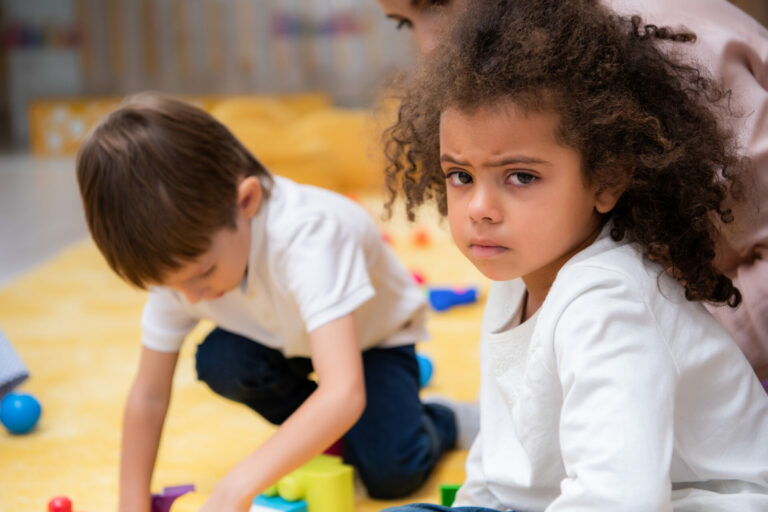Benefits of Expressive Art Therapy for Children
By Quinn Weisensee, MA | October 06, 2023
Expressive therapy is an AMAZING way for children to communicate their thoughts and feelings. Think of it like this… Imagine you knew a second language enough to communicate the basics such as “where is the bathroom?” or “Hi, how are you?” or “My name is…” etc. Now imagine trying to communicate your most painful trauma, why something upsets you when you don’t even know why yourself, or the complexity of the relationships in your life only with enough vocabulary to communicate your basic needs. Sounds difficult, right? This is what it is like for children (although, this can be the case for any age!) to try to communicate their thoughts and feelings with words. They need another outlet which is where expressive art therapy interventions come in.
Art has a beautiful way of opening up a world of expression that is otherwise not accessible. This type of therapy can also place a difficult topic at a safe enough distance to process it (Thomas, 2018). For example, maybe a doll will act out a difficult event rather than asking a child to tell a painful story, or a child might find strength in using a superhero to represent themselves in sand tray. There is no expectation for the results of an expressive therapy activity. This therapy is focused on the process rather than the final creation. This process allows the brain to open to thoughts and emotions that cannot be accessed with words (Hutchison et al., 2021)
Examples of this type of therapy could include playing pretend, drawing, painting, using a sand tray, sculpting, dancing, and more. These activities offer access to a new language and way of communicating to heal from trauma. It gives autonomy to add or take away from whatever world the child is creating in, providing strength and confidence to explore any challenges they may be facing that have been trapped in their mind and body due to a lack of communication tools (Thomas, 2018). Expressive art therapy benefits children by giving them a voice and tools to process, regulate, and heal.
Lecturas recomendadas
Expressive therapy is an AMAZING way for children to communicate their thoughts and feelings. Think of it like this… Imagine you knew a second language enough to communicate the basics such as “where is the bathroom?” or “Hi, how are you?” or “My name is…” etc. Now imagine trying to communicate your most painful trauma, why something upsets you when you don’t even know why yourself, or the complexity of the relationships in your life only with enough vocabulary to communicate your basic needs. Sounds difficult, right? This is what it is like for children (although, this can be the case for any age!) to try to communicate their thoughts and feelings with words. They need another outlet which is where expressive art therapy interventions come in.
Art has a beautiful way of opening up a world of expression that is otherwise not accessible. This type of therapy can also place a difficult topic at a safe enough distance to process it (Thomas, 2018). For example, maybe a doll will act out a difficult event rather than asking a child to tell a painful story, or a child might find strength in using a superhero to represent themselves in sand tray. There is no expectation for the results of an expressive therapy activity. This therapy is focused on the process rather than the final creation. This process allows the brain to open to thoughts and emotions that cannot be accessed with words (Hutchison et al., 2021)
Examples of this type of therapy could include playing pretend, drawing, painting, using a sand tray, sculpting, dancing, and more. These activities offer access to a new language and way of communicating to heal from trauma. It gives autonomy to add or take away from whatever world the child is creating in, providing strength and confidence to explore any challenges they may be facing that have been trapped in their mind and body due to a lack of communication tools (Thomas, 2018). Expressive art therapy benefits children by giving them a voice and tools to process, regulate, and heal.
Lecturas recomendadas
References
Hutchison, L., Freberg, L., & Drummond, R. (2021, November 29). How expressive art therapy & techniques help heal clients. Counseling Schools. https://www.counselingschools.com/blog/expressive-art-therapy
Thomas, J. C. (2018a). Counseling techniques a comprehensive resource for Christian counselors. Zondervan.
References
Hutchison, L., Freberg, L., & Drummond, R. (2021, November 29). How expressive art therapy & techniques help heal clients. Counseling Schools. https://www.counselingschools.com/blog/ expressive-art-therapy
Thomas, J. C. (2018a). Counseling techniques a comprehensive resource for Christian counselors. Zondervan.




